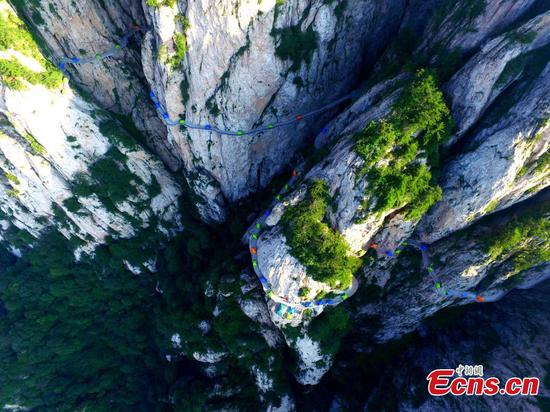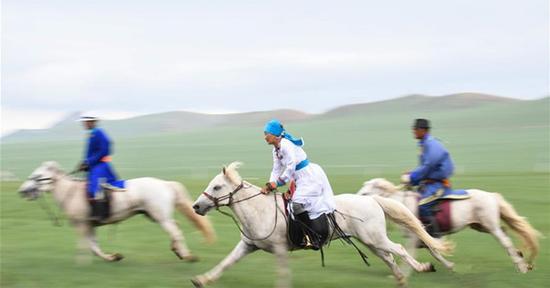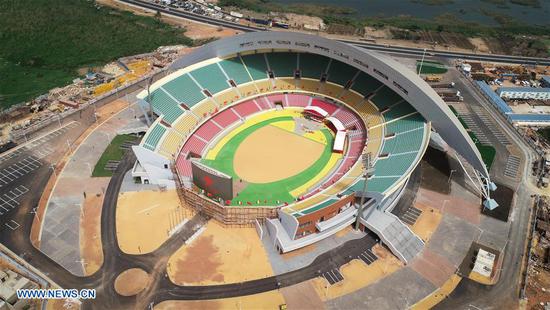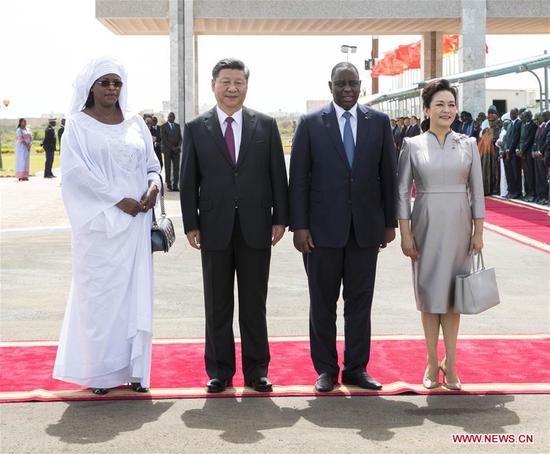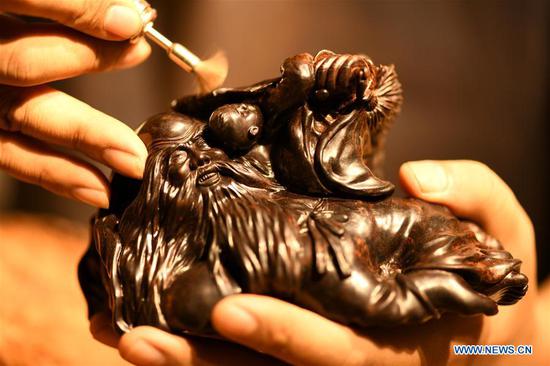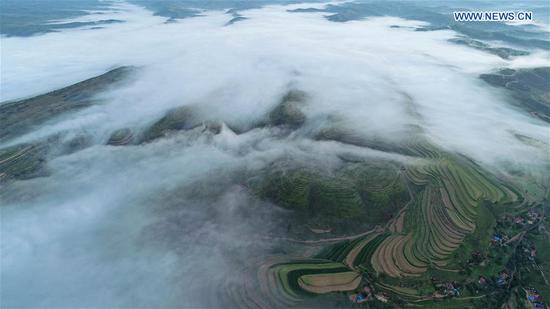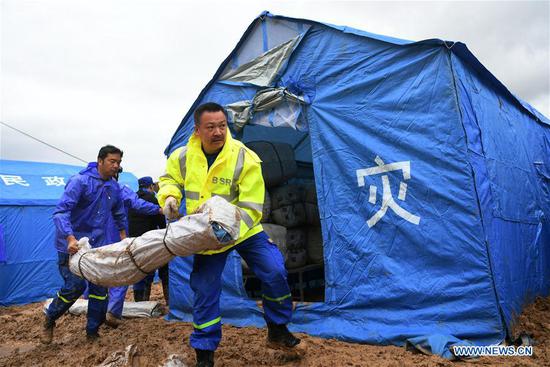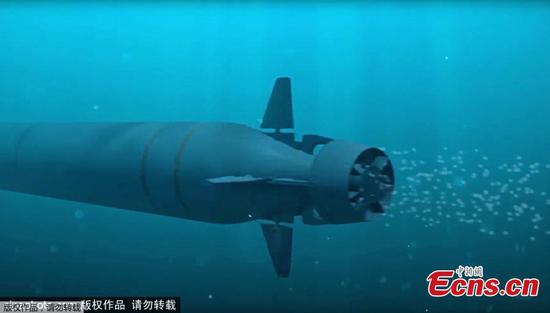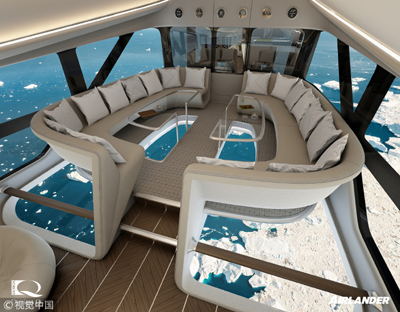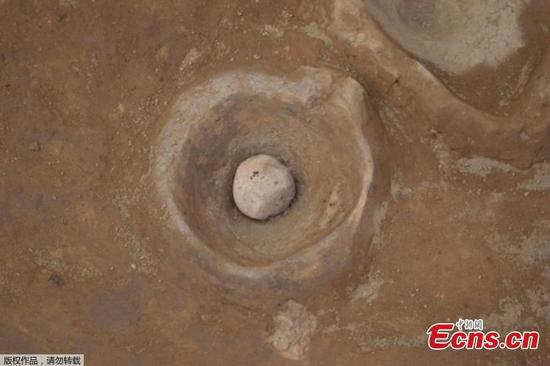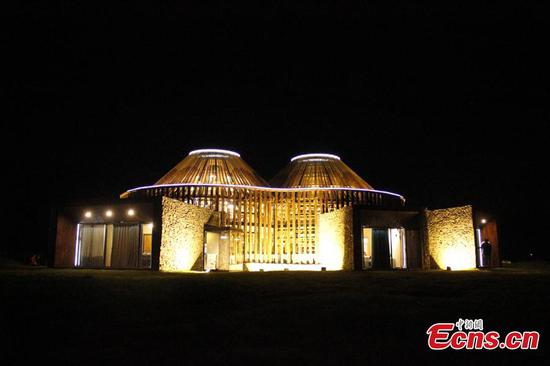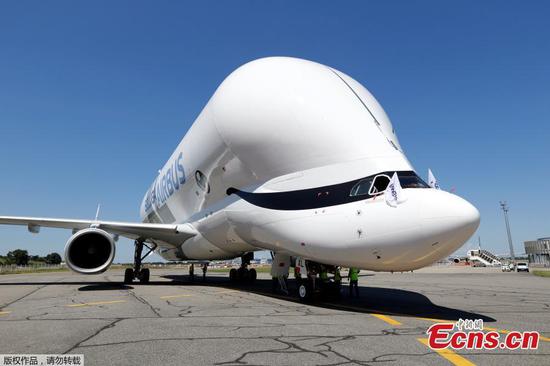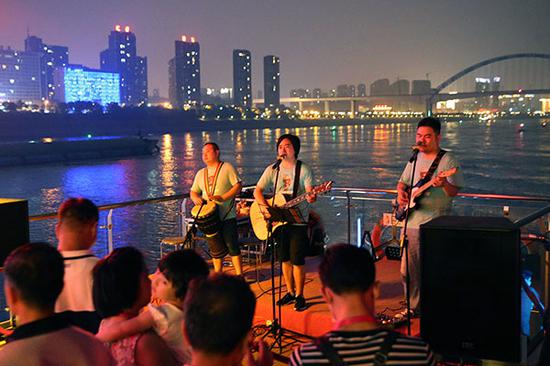
A band performs on the boat's upper deck.(Photo by Wang Zhuangfei/China Daily)
Safety measures
Zhu said passengers need to know that the cruises are safe. "People are still passionate about cruise travel on the river, but the industry will require higher safety standards from both operators and administrators, such as my organization, or even a revamp of the entire industry," he said.
The Yangtze cruise industry began in the 1980s, boosted by the river's slow current, which makes for easy navigation, and the magnificent landscape that flanks the waterway. However, the activity was too expensive for most people, so the passengers were mainly officials and guests from places such as the United States.
You Xunliang, a native of Yichang, a riverside city in Hubei, has worked in the cruise business for more than 30 years.
He is employed by Yangtze River Overseas International Travel (Wuhan) Co as captain of a liner that undertakes four-day cruises between Yichang and Chongqing, a megacity in Southwest China.
"I was really proud to be involved in cruises in the 1980s. Even though it was unusual to see foreigners in China back then, almost all of our passengers were from Europe and the United States!" he said, with a laugh.
"In the early days, river cruisers were only about 80 meters long and 17 meters wide, but now ships can be as long as 150 meters or even more," the 55-year-old said. "Twenty years ago, we could carry no more than 70 passengers, but my current ship can accommodate more than 500."
He estimated that his vessel carries about 14,000 passengers from home and abroad per year.
"But tourism on the Yangtze is often uncertain," he said. "Every few years something unexpected affects the industry-we had the SARS outbreak in 2003, a deadly earthquake in 2008, and the Eastern Star accident in 2015."
Despite those incidents, visitors have given a positive response to the recent developments in river-based tourism, he added.
That positive attitude was reflected by Nina Jobe, who has been taking Yangtze cruises with her husband since 2001. "There's no problem-the (Eastern Star) accident doesn't frighten anyone," said the 76-year-old travel coordinator from the US.
Her husband, Larry, a 77-year-old retired airline pilot, said they took a cruise because they had visited China many times-mostly cities such as Beijing and Shanghai-and were looking for a new experience.
"We wanted to see more of the country, so we chose the river," he said. "In 2001, before the (Three Gorges) dam was built, the journey from Wuhan (the capital of Hubei), to Chongqing took six days. It was excellent! What we saw was so different from our expectations."
The couple will return in March, and they are planning a new schedule for their visit.
Policy change
Currently, 51 cruisers ply the waters between Chongqing and Yichang, with prices ranging from 1,500 yuan to 2,800 yuan per passenger, depending on the route and type of vessel.
A safety measure proposed in January 2014, known as "three old for one new"-under which one new cruiser can be built for every three scrapped-has been more rigorously applied since the Eastern Star accident.
"Nearly 50 old ships were dismantled in 2016, which means about 15 new cruisers are under construction," said Gu Qiang, deputy general manager of Changjiang Cruise Overseas Travel Co (Wuhan).
"The policy has fixed disorderly competition in the cruise travel market. Substandard or old vessels posed a great threat to safety and therefore the sector's development. The new cruisers will carry three times the number of passengers, which will balance capacity and demand while hugely improving the company's performance."













